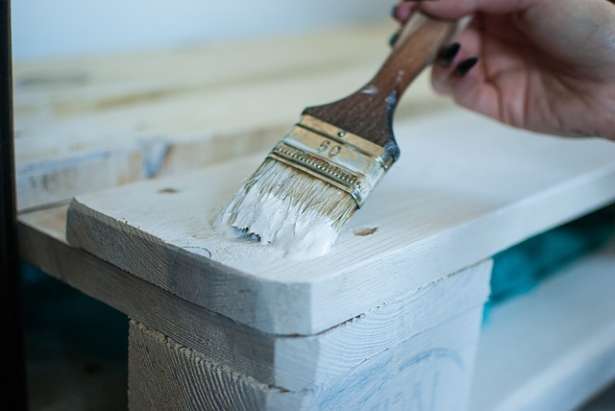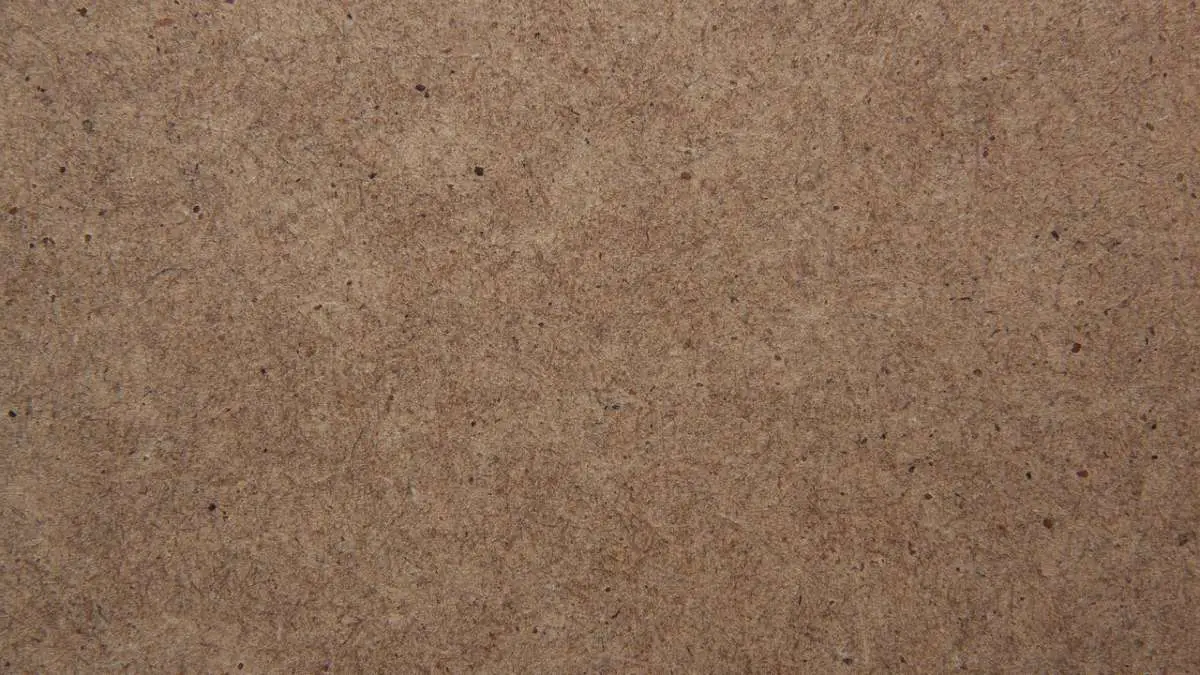Are you thinking of using MDF to manufacture furniture in your workshop? Are you wondering whether you can sand MDF, or if there are any precautions that need to be taken when handling the material? If so, then read on for useful information that will enable you to make an informed decision.
CAN you sand MDF? The answer is that you can, but you should be aware that this produces a lot of very fine dust, which you should avoid getting in your eyes or lungs. When sanding MDF, always wear protective clothing and use proper equipment.
You can follow our guide on how to sand MDF here:
How to sand MDF
Just to emphasize, sanding MDF can produce plenty of fine dust that will hang in the air, irritate your lungs and be hazardous to your health. Accordingly, safety equipment such as a respirator and safety goggles should be worn. Also, wear gloves to avoid getting dust on your hands. The dust is messy and you want to ensure your hands are clean before eating or engaging in similar activities.
Note: This post may contain affiliate links. If you purchase a product through an affiliate link, I’ll earn a commission, at no cost to you. To find out more, see my full disclosure.
You can use a random orbital sander (preferably one with a dust port) to make the MDF smoother and more even. First, start with a coarser grit such as 80. This will allow you to sand out imperfections. After you finish with that grade, you need to remove any residue with a vacuum.
Next, you sand with a finer grade like 120 grit. The idea is to remove any scratches or gouges caused by the coarser grain. Again, you clean off residue with a vacuum.
You could also use sandpaper ranging from 180 to 320 grit, repeating the process with each layer. After vacuuming, you might want to remove any remaining imperfections with 320 sandpaper rubbed by hand. Then, use a lint-free cloth to remove any remaining dust.
How Do I Get A Smooth Finish Sanding MDF
First, use the procedure listed above to sand the MDF.
Then, use a brush or roller to apply Zinsser B-I-N Shellac-Base Primer to the surface. It dries to the touch in about 15 minutes and will be completely dry in about 45 minutes. After that time, you should sand the edge faces by hand with 180 grit sandpaper. Clean off any residue before proceeding.

Apply a second coat of the primer and allow it to dry. Once again, lightly sand the edge faces by hand with 180 grit sandpaper. Remove any residue. At this point, the MDF is smooth and ready to coat with another finishing material, such as the paint of your choice.
Can You Sand Water Damaged MDF?
MDF can easily be damaged by water. This can be a problem in high moisture areas, such as under the sink or in the bathroom. MDF can swell in size, as the fibers absorb the liquid. This can cause the material to weaken.
You can repair the MDF by sanding the areas damaged by water. Since sanding will release fine dust that can irritate your lungs, you should wear protective equipment. Also, you can apply wood filler to cover any defects or imperfections on the wood surface.
Then, coat with Zinsser B-I-N Shellac-Base Primer. It dries after about 45 minutes. Sand out any imperfections and repeat, if needed. After the coats have dried, you can apply paint to the surface.
Conclusion
Yes, you can sand MDF. However, you need to observe safety precautions. If you follow all the steps for sanding, your MDF will be very smooth and beautiful! It’s also easy to repair water damage to MDF.
Did you enjoy this blog post? If so, you might want to visit my boards on Pinterest. They contain pins about Woodworking, DIY, Tools, Crafts, and related topics.
Related Posts:
How Long Does Shellac Take To Dry?
Can I Buy Exotic Woods Online?
Can An Electric Drill Be Used As A Screwdriver?
Can An Electric Drill Be Used As A Sander?
How To Make A Hole In Wood Without A Drill


